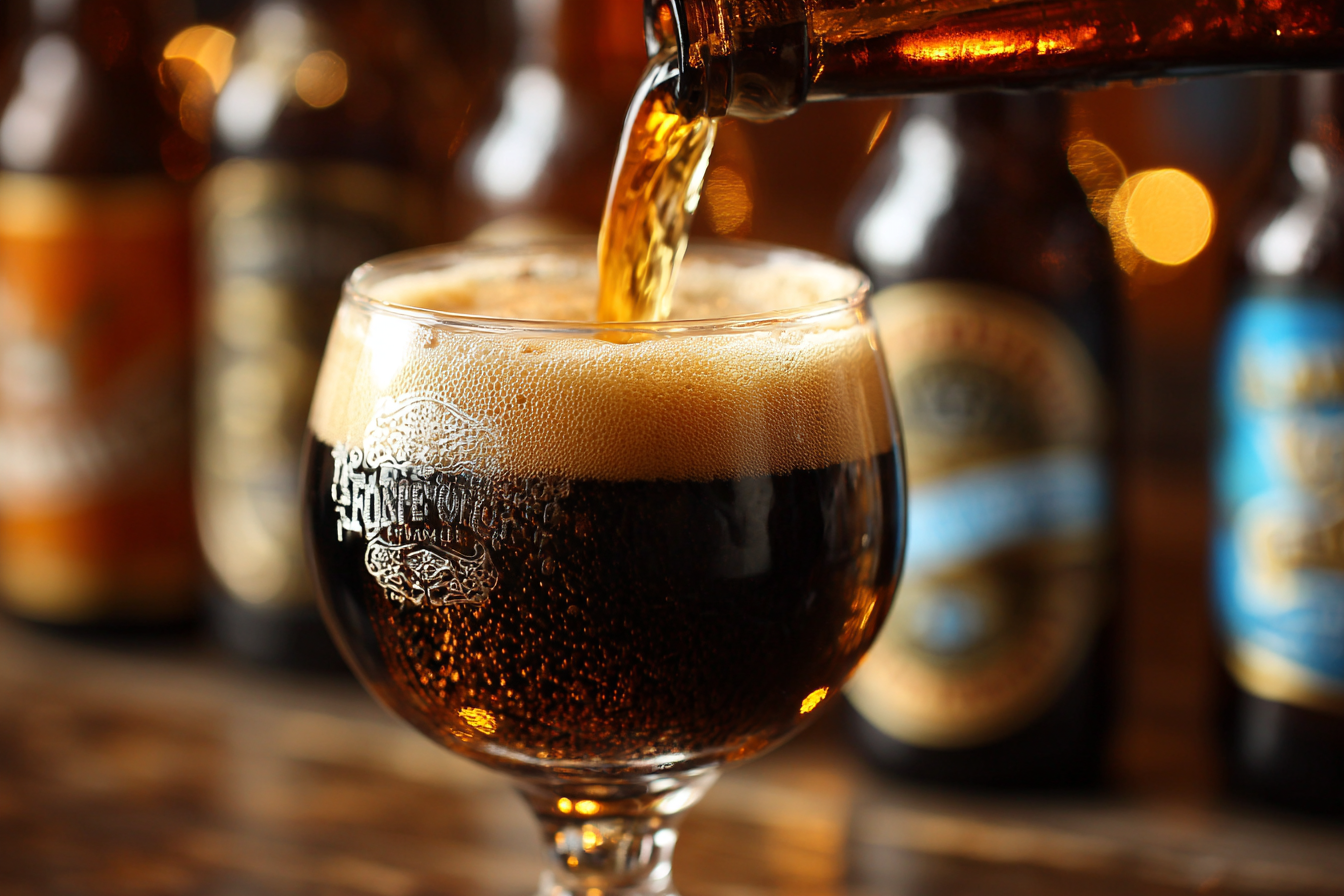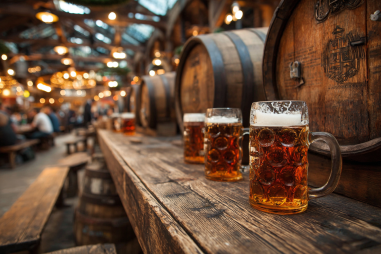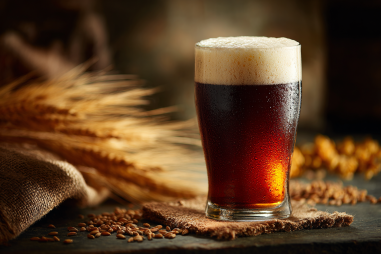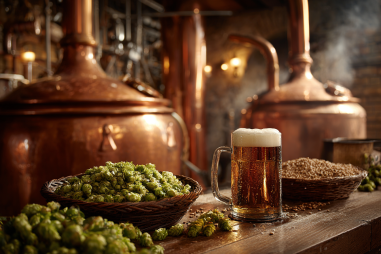Foreign Export Stouts have carved out a distinct place in the world of craft and traditional beers thanks to their rich flavor profiles and notably higher alcohol content compared to many other stout varieties. Anyone who enjoys diving deeper into beer styles will find it fascinating to understand what makes a Foreign Export Stout stand out, especially regarding its alcohol content and strength. This article takes you through the key details to help you appreciate not only the bold character of this stout style but also how its alcohol presence shapes the overall drinking experience.
Introduction to Alcohol Content in Foreign Export Stout
Alcohol content is one of the primary attributes distinguishing various types of beer, and stouts are no exception. Foreign Export Stout, sometimes simply called Export Stout, is traditionally brewed to be stronger than many standard stouts. Historically, these beers were designed for long voyages, needing to withstand shipping conditions and longer shelf life, which partly explains their elevated alcohol levels. The alcohol serves as a natural preservative and enhances the beer’s robustness, making Foreign Export Stouts particularly interesting for beer lovers who enjoy both flavor complexity and a bit more of a kick.
Typical ABV Range for the Style
The alcohol by volume (ABV) of Foreign Export Stouts generally falls between 6% and 8.5%, though variations outside this range occasionally occur depending on the brewer and region. This is significantly stronger than the average dry stout or most session stouts that can hover around 4-5% ABV. The upper tier of this range might even overlap with stronger imperial stouts, but the flavor balance in a Foreign Export Stout remains distinct.
For example, well-known Foreign Export Stouts originating from regions like the Caribbean or the UK often sit comfortably around 7-8% ABV. It’s this higher alcohol content that gives the beer its robust body and warming sensation—qualities appreciated by those who prefer their stouts with a bit more oomph than a typical pint of Guinness or other dry stouts.
How Alcohol Strength Affects Flavor and Mouthfeel
Alcohol concentration doesn’t just impact the strength of the drink but also significantly influences its flavor and mouthfeel. In Foreign Export Stouts, higher alcohol levels contribute to a fuller body and a richer, more pronounced palate. The alcohol adds a subtle warmth that complements the malt-forward profile, allowing dark roasted malt flavors like chocolate, coffee, and caramel to shine through without being overpowering.
The mouthfeel of a Foreign Export Stout is typically smooth and velvety but with a noticeable heft or slight viscosity, thanks largely to the alcohol and residual sugars. This makes the drinking experience more satisfying and indulgent. Additionally, because alcohol can enhance certain flavor perceptions, you might notice a slight fruity complexity or warming notes reminiscent of dark fruits, which also adds to the beer’s character.
Comparison to Other Stout Substyles
When comparing Foreign Export Stout to other stout substyles, the differences become clearer, particularly in alcohol content and taste complexity:
- Dry Stout: Usually lighter in alcohol, around 4-5% ABV, with a more restrained and drier malt profile. Dry stouts are crisp and less heavy, often with a roasted bitterness.
- Imperial Stout: Higher alcohol than Foreign Export Stouts, often exceeding 8% ABV and going up to 12% or more. These are very rich, with intense roasted malt character and sometimes adjunct flavors like vanilla, chocolate, or bourbon barrel aging.
- Oatmeal Stout: Typically lighter in alcohol (4-6%) and featuring a smoother, creamier mouthfeel due to oats. The alcohol presence is gentler, making it a more sessionable option.
- Milk Stout: Usually lower in alcohol (around 4-6%), sweeter due to lactose, and less robust in terms of alcohol warmth.
Foreign Export Stout occupies a middle ground: stronger than dry and milk stouts, but usually less intense than imperial stouts. It isolates itself with a balance of drinkability and a bold malt presence that makes it unique.
Brewing Techniques Influencing Alcohol Levels
The elevated alcohol content in Foreign Export Stouts is the result of specific brewing techniques and ingredient choices. Brewers aiming for a higher ABV focus on increasing the malt extract or grain bill which contributes more fermentable sugars during the brewing process. This boost in sugars enables fermentation to produce a higher alcohol concentration.
Key factors include:
- Malt Selection: Using a combination of base malts and specialty roasted malts not only adds complexity in flavor but also provides the necessary fermentable material.
- Yeast Strain: Choosing yeast strains capable of tolerating higher alcohol levels ensures complete fermentation without stalled or stuck fermentation.
- Fermentation Conditions: Proper temperature control helps yeast work efficiently, producing alcohol consistently without off-flavors.
- Water Profile: Water mineral content can influence yeast performance and flavor extraction from malt.
These methods, combined with longer fermentation or deliberate recipe adjustments, allow brewers to hit the signature strength and full-bodied nature that Foreign Export Stouts are known for.
Drinking Responsibly: Serving Size and Enjoyment Tips
Because of their higher alcohol content, Foreign Export Stouts are best enjoyed mindfully. It’s easy to underestimate the impact of that extra ABV, especially when the beer’s flavor and texture are smooth and approachable. Keeping serving sizes moderate is a good way to fully appreciate the beer without overdoing it.
Here are a few tips to maximize enjoyment responsibly:
- Serve in smaller glasses: 8 to 12-ounce servings work well, allowing you to savor the complexity without excess.
- Drink slowly: Take small sips to allow the flavors and warmth to unfold.
- Pair with food: Rich stouts go wonderfully with hearty foods like roasted meats, stews, or even chocolate desserts, which can balance and enhance the experience.
- Check the label: Always note the ABV on the bottle or draft to be aware of how much alcohol you’re consuming.
- Hydrate: Drink water alongside to stay refreshed and alert.
Enjoying Foreign Export Stout in this way allows you to truly appreciate its strength and complexity without compromising your well-being.
Appreciating the Strength of a Foreign Export Stout
Foreign Export Stouts stand out not just for their bold flavors but also for their moderate to high alcohol content, which shapes much of their character. Understanding the typical ABV range, how alcohol affects taste and body, and what sets this style apart from other stouts helps deepen your appreciation and enjoyment of it. Whether you’re a seasoned stout enthusiast or a curious newcomer, savoring this style responsibly offers a rewarding experience—rich, warming, and robust. Next time you raise a glass of Foreign Export Stout, take a moment to acknowledge the craftsmanship and tradition that blend malt complexity with that distinctive strength, marking it as a truly special beer style.







